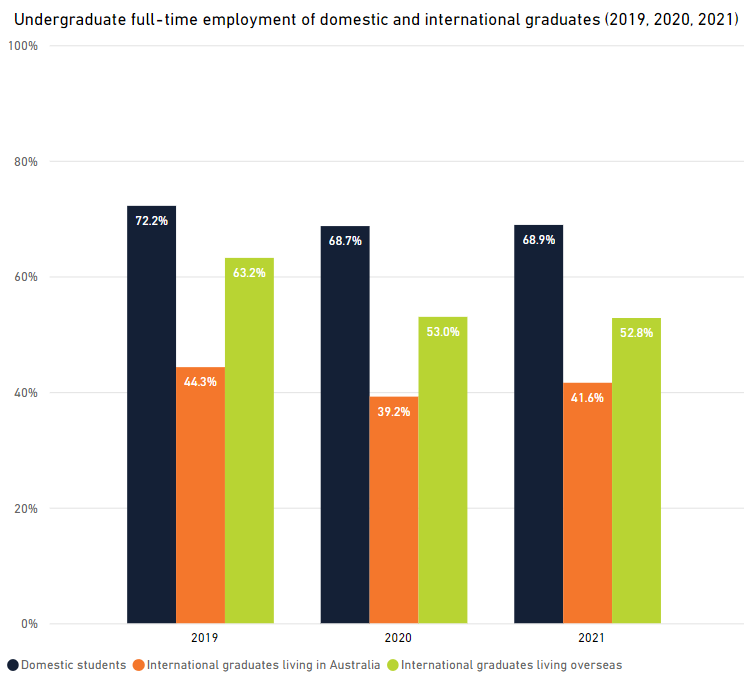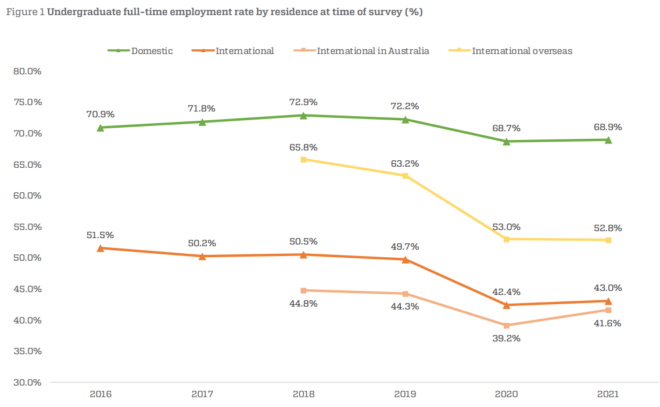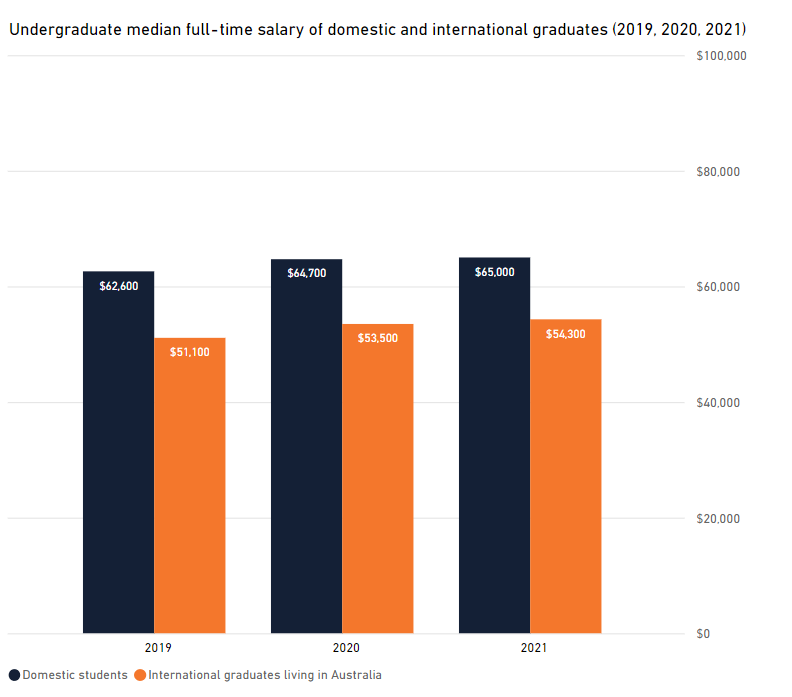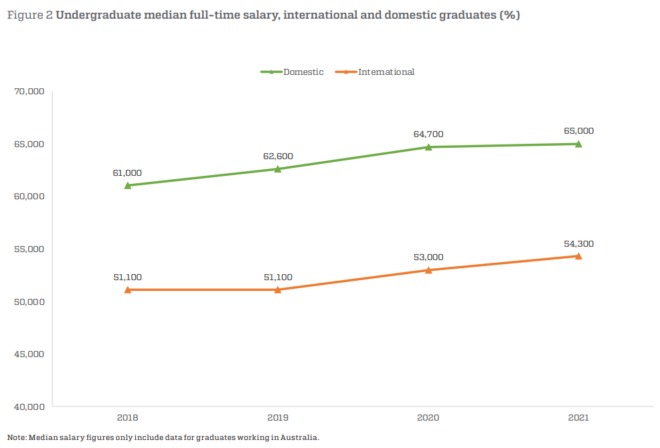Over the past year, business groups have lobbied the federal government to ramp-up immigration via:
- Uncapping access to temporary migrant workers and abolishing labour market testing on Temporary Skills Shortage (TSS) visas.
- Speeding up and lowering the cost 0f visa applications.
- Doubling the permanent ‘skilled’ migrant intake to 200,000 people a year to make up for ‘losses’ over the pandemic.
- Offering prospective temporary migrants tax incentives, free Medicare and free flights.
Hilariously, at the same time as the business lobby wants the federal government to open the visa floodgates, we are also hearing complaints about the swelling numbers of unemployed and underemployed ‘skilled’ migrants:
Nearly one in four permanent skilled migrants worked in a job beneath their skill level, according to a 2021 report by Committee for Economic Development of Australia [CEDA].
Migrants were least likely to find work in their nominated occupation if they were accountants (42.8 per cent working in lower-skilled occupations), civil engineering professionals (27.8 per cent) or cooks (25.7 per cent)…
The problem was worse in migration schemes managed by state governments than employer-sponsored schemes, the report said…
“The other conflicting message is from industry, where we hear about skills shortages,” [Andreas Cebulla from Flinders University’s Australian Industrial Transformation Institute said].
“When it comes to actually employing those migrants they’re calling for, they’re not fitting the job description”.
“You end up with lots of highly qualified Uber drivers.”
CEDA’s report is merely one of many showing that most recently arrived ‘skilled’ migrants are working in areas below their reported skill level. As such, they are exacerbating Australia’s skills mismatch.
For example, the Australian Population Research Institute (APRI) released research, based on 2016 Census data, showing that most recently arrived skilled migrants (i.e. that arrived between 2011 and 2016) could not find professional jobs.
Only 24% of skilled migrants from Non-English-Speaking-Countries (comprising 84% of the total skilled migrant intake) were employed professionally as of 2016, compared with 50% of skilled migrants from Main English-Speaking-Countries and 58% of the same aged Australian-born graduates.
APRI’s results were corroborated by a 2017 survey from the Bankwest Curtin Economics Centre, which found that 53% of skilled migrants in Western Australia were working in lower skilled jobs than before they arrived in Australia.
In a similar vein. an Adelaide University survey of 1700 skilled migrants living in South Australia found 53% were not utilising their skills and abilities, with 44% working in a job different from what they nominated in their visa application. 15% of these migrants were also unemployed.
The November 2021 issue of Engineers Australia’s industry magazine, Create, complained that 47% of all migrant engineers were unemployed and another one third were working in jobs well below their level of qualification.
Most alarmingly, the latest Graduate Outcomes Survey (GOS) showed that only 41.6% of international graduates living in Australia were employed full-time in 2021, versus 68.9% of domestic graduates:


The median full-time salary of international graduates was also only $54,300 in 2021, well below the $65,000 median full-time salary of domestic graduates:


Therefore, only a minority of international graduates worked full-time, and of those that did, they were poorly paid. Thus, the median total wage of international graduates would be far worse, given most work part-time (unlike domestic graduates).
All of this evidence proves, once again, that Australia’s so-called ‘skilled’ visa system is really a giant con designed with one purposel in mind: to develop a migrant underclass for chosen sectors to exploit. No wonder most Australians do not support pre-COVID levels of immigration.
Before the Albanese Government even considers lifting the skilled migrant intake to solve ‘skills shortages’ and ‘skills mismatches’, those migrants already in Australia should be utilised properly.
The federal government should also make all skilled visas employer-sponsored (given their superior job outcomes) and lift the minimum salary threshold pertaining to all skilled migrants above the median full-time salary (currently $83,000).
Otherwise Australia’s migrant underclass will continue to swell, worsening skills shortages and mismatches.

